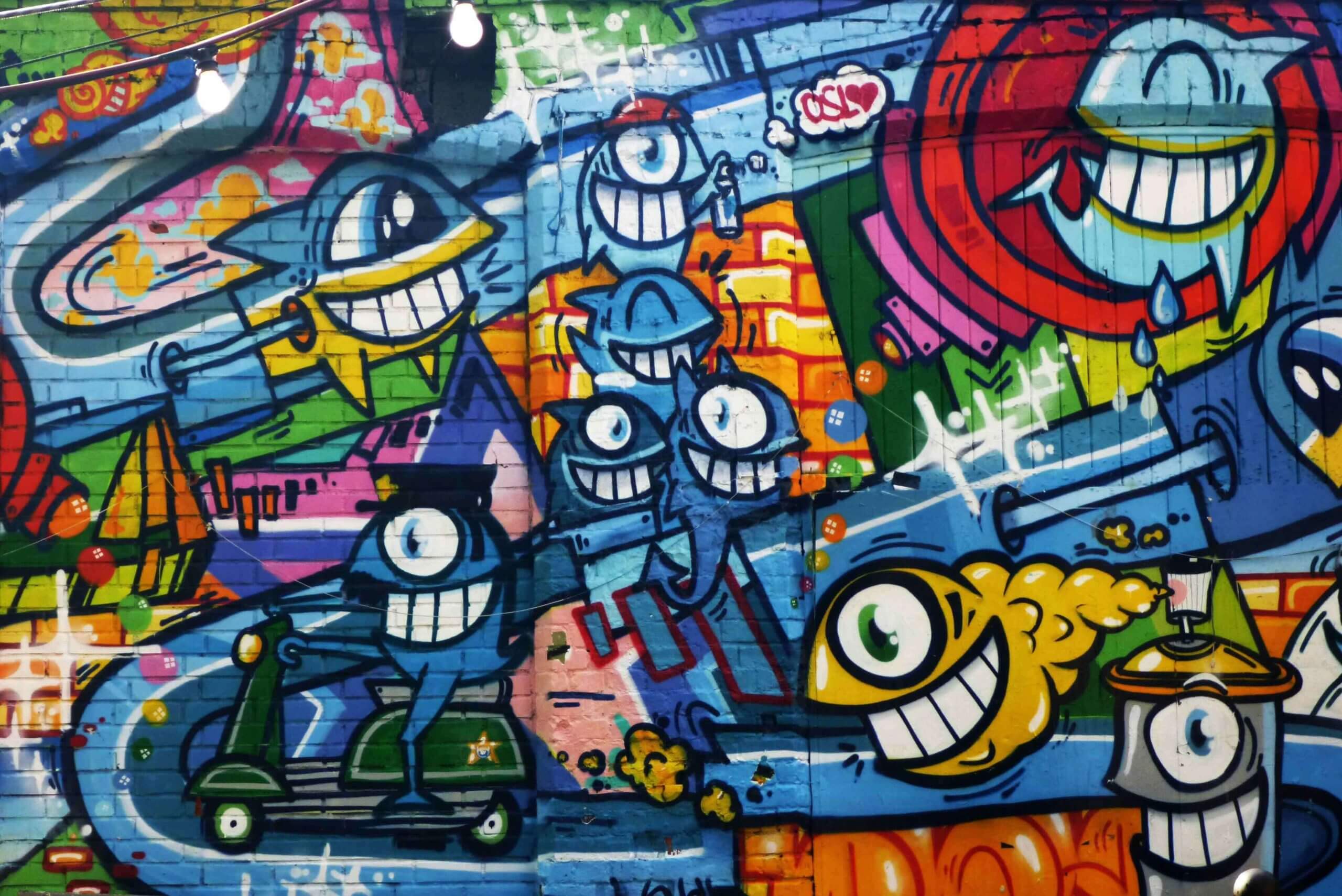Does Marketing Need to Be Positive, or How to Sell Emotions
Recently, "positive thinking" has flooded our daily reality so much that it has already set the teeth on edge and often evokes exactly the opposite feelings. In the market, as in the reflection of modernity, today, there is also an ambivalent attitude towards the positive in brand promotion. Andriy Franchuk, Creative Director of the Brain Tank group, spoke about whether it is worth being white and fluffy and how emotion and rationality correlate in marketing.
Happiness and Marketing
To begin with, marketing should evoke emotion. Not necessarily positive. Because one of the sales methods is to involve a person in an emotional state, which will then be superimposed on the perception of the product as a whole. We get a strong, often illogical, connection between the consumer and the product by building associations with feelings.
For example: "I'm sad, I'll go get some whiskey" — a quite working concept for the sale of this drink. Or "if you train, you need to drink our brand water." In addition to the objective need to drink water during sports, the emotional perception of this particular water is added, which saturates with minerals and helps you in training.
And although logic dictates that this emotional connection should be positive, reality always turns out to be more multifaceted.
People buy emotions
From a rational point of view, we all don't need so much to live. This is a limited set of fats, proteins, and carbohydrates; a pair of conventional furs to keep warm, and a comfortable cave to hide from the rain and wait out the cold. Marketing sells us the rest.
And since people are emotional beings, it is emotions that become the main sales tool. I repeat, they can be any, from positive to negative. The main thing is that they exist.
We remember some politicians who built their image, not on the positive. Moreover, they have their own followers who perceive such an image as a kind of uniqueness. And they choose in favor of this, and not some loyal figures who are absolutely unemotional about the situation.
We need emotions for the fullness of life, although in terms of rational purchases, in most cases, all questions are closed.
Drama sales too
Moreover, quite a few advertising campaigns are based not on positive emotions but tragedies or even dramas. There is an excellent Irish case where two brothers go to bury their father and drink whiskey in memory of him on the way. Could you remember something less positive?
I don't know the sales figures, but I can assume that this idea works and very well. Even though this is a very dramatic video, it is already worn out to holes as it touches the raw nerve.
There are examples of advertisements that banter someone. Yes, it makes us smile, but can this be considered positive, and towards whom? Here you understand that by choosing another brand, you can be mocked.
Skittles ad has a purely positive plot, where there is no challenge or complex philosophical concept. Just smile, eat candy, and you will be happy. But most brands still build more complex emotional stories around the product.
Modern retro
Nostalgic marketing can hardly be called a positive direction either. It works like a vacuum cleaner that sucks emotions out of us. As a rule, a product is initially created to induce or imitate states and feelings from the past: from childhood, youth, student life.
People are so structured that they retrospectively recall the past and especially positively childhood. That is why we are led on nostalgic marketing, such as ice cream from our childhood, Love is chewing gum, etc.
Here is the thought: "It's summer now, I wish I could eat ice cream like in childhood" because we remember that it is great to eat ice cream in the summer from the time we were children. This is how nostalgic marketing comes in.
Moreover, it does not have to be a copy of the product "as before." Furthermore, the human brain often completes the missing links to see the desired where it was not originally.
So, in Brain Tank, we had a very interesting case that confirms this thesis. Initially, the customer's product did not have a prototype in the past, but the customers found it themselves. And it tasted like in the Soviet Union. Our marketers picked up this nostalgic look and added retro packaging to it. This product is now the top-selling product in its lineup because people thought it was from their childhood. But in fact, they themselves created this emotional connection.
When positive is worse than negative
Advertising is perceived as a means to sell something unnecessary. A person is preconceived about marketing tools from the beginning. He has an attitude: "Damn, you won't sell it to me!"
Therefore, an attempt to "dress" advertising positively at any cost can play with the opposite effect. This formation of a flat, positive image of Aunt Asya, promising happiness thanks to bleach (from the post-soviet bleach advertising), provokes the thought: “I feel they are deceiving me here. Something is wrong here." There is a certain inner distrust of such a "positive."
From the same series, when the bank says: "Listen, dude, I will speak the same language to you" and sends me some cats. It's funny at first, but I have high expectations: since they talk to me in a cool way, it means that they are probably very cool themselves. In the end, it turns out that I have been unable to unblock my account for a month because they cannot properly explain how to do it.
That is, marketers spend a lot of time making the bank perceived as a friend, but at the same time, they forget about the main product. And this is annoying. By claiming to be a friend, they generate additional heightened expectations.
It seems logical that if you make the brand a friend, and they will believe you. But we know that friendship is a rather complex mental structure. If a new person bursts into our personal space and says: “I will be your friend,” we will think five times what he needs from us. But marketers often think that this is an awesome idea to start the dialog with the audience like: "Let's be friends." And you think, “Why all of a sudden? I don’t want to be friends with you.”
Another thing, if a certain degree of trust has already been built between you and the brand. Then it's great that it is perceived as a friend. That is, for all of us to believe in this story, we need to build long-term relationships. Then trust will be the result of the campaign, not its original message.
Audiences are not numbers
It is believed that in the conditions of cynical modernity, it has become more difficult to sell any emotions, but I disagree with that.
Yes, back in the early days of advertising, it was enough to write in the newspaper: “Buy a bottle of soda N,” and people believed that it was really delicious, so you have to go and buy it. There was no reason to doubt the press. And then more and more products and advertisements appeared, and people were forced to stop believing everything.
In marketing, people are considered numbers: we have an audience, and it has parameters. But David Ogilvy, one of the patriarchs of the advertising industry, said: "The buyer is not an idiot: he is your wife." That is, you should not equate everyone in abstract categories. And it would be a big mistake to try to get into everyone's head and say: "Look, I'm your friend."
Now marketers are trying to catch on to emotions: "Oh, look, here you buy this, and you will be happy." Emotions began to be sold in the market instead of goods. As a result, there are a lot of products and advertisements, but a person's basic feelings, in fact, are fewer. As a result, you see X's socks trying to confess their love to you. And you're like, “Yo, what's going on? I don’t want socks to talk to me.”
Remember, in the TV series “Love. Death. Robots." yogurt becomes president? And here, for example, bifidobacterium has its own Instagram. I don’t want bacteria to talk to me, but marketers think it’s important that it befriends me, and we finally hit it off.
This reaches the point of absurdity and, in fact, no longer clings to anyone, but there is a trend to sell emotions. We want to bring everything to life. But whether it is necessary is a big question.
Yes, emotions in marketing are great. But they must clearly underpin the product. For this whole story to work, marketers need to balance building a product's emotional fit matrix.
Cover by Unsplash














